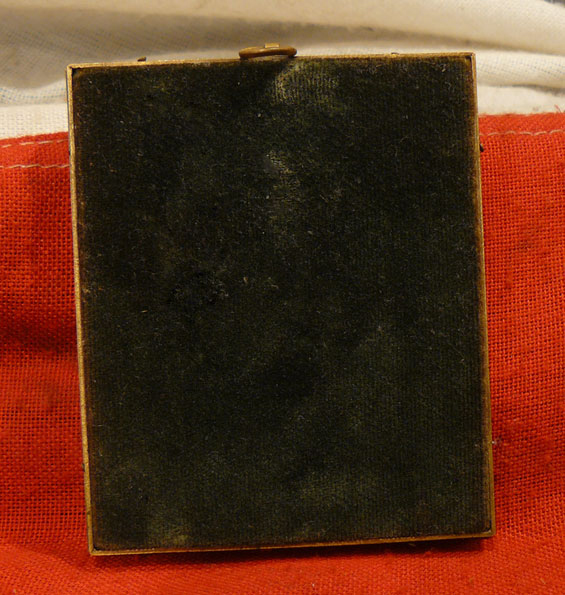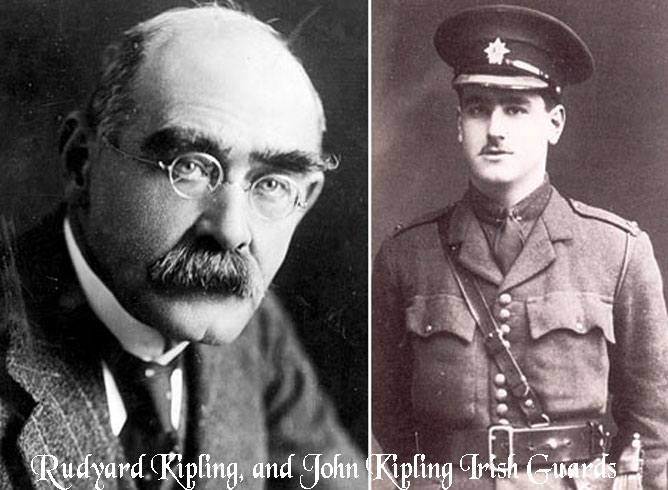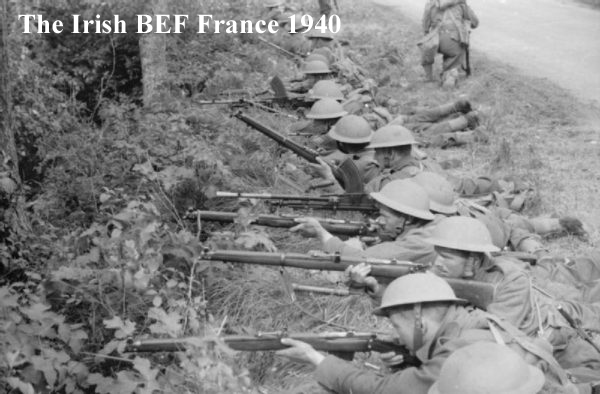Simply Superb Hand Painted Portrait Miniature of a Winston Churchill’s ‘Harpoon Force’ Irish Guards Officer, 2nd Lieut. Gipps Romer, 2nd Batt. Irish Guards. The Heroic Rescuers of The Royal Dutch Family May 1940, And The Rear Guard Battle of Boulogne
A 2nd Battalion Irish Guards officer of ‘Harpoon Force’, and the heroic Dunkirk evacuation rear guard action at Boulogne, which was a ‘special section’ personally created by Churchill, the day Winston Churchill became Prime Minister.
Their first task was to rescue of the Dutch Royal Family and Government from the Hook of Holland and the second resulted in the incredible rear guard Battle of Boulogne. Effectively, it was Winston’s very first military special executive version of his later brainchild, the Commandos. A form of the British commando force before the commandos even existed. We had the privilege to own for a brief while the actual autographed book by Robert Graves, personally given to Churchill by Graves, {that he read in his bath during the war}, about a British Officer’s combat against the American sniper riflemen in the American Revolution, that inspired his decision how to create the British Commandos. That book now resides in a museum in Florida.
An original, stunning, WW2 Irish Guards miniature portrait. Of an officer of one of the great and famous regiments of the British Army. It was while serving in the Irish Guards that John Kipling, son of one of England's greatest poets and novelists, Rudyard Kipling, was declared missing, presumed killed, at Loos 1915.
A miniature portrait of 2nd Lieut. Gipps Romer, 2nd Batallion Irish Guards painted just prior to WW2, who died during his service in the early part of the war, August 1940.
His combat service included the protection of the Netherlands Royal Family in their evacuation in Holland, and his combat service was also noted by Colonel Hayden, commander of Harpoon Force, as being commendable at the rear guard action at Boulogne, to defend the withdrawal of the BEF and French Army from Dunkirk.
It is a fine small miniature, painted with stunning detail and a wonderfully fresh and vibrant colour. In a square gilt frame, with dart edging and plush velvet rear cover. Domed glass front.
The Irish Guards were formed on 1st April 1900 by order of HRH Queen Victoria to commemorate the bravery of the Irish people who fought in the Boer war. The Irish Guards played a major part in both World Wars, winning a total of six Victoria Crosses including the last to be presented in the Second World War and have seen armed conflict in many parts of the world since 1945.
During the Second World War, the regiment fought in Norway, France, North Africa, Italy, Belgium, Netherlands and Germany. The regiment first saw combat during the Norwegian Campaign. Following a challenging sea voyage to Norway, the 1st Battalion arrived in May 1940 and fought for two days at the town of Pothus before they were forced to retreat. The Irish Guards conducted a fighting withdrawal and served as the Allied rearguard.
The Battalion was evacuated along with the rest of the expeditionary force in June. While the 1st Battalion was fighting in Norway, the 2nd Battalion was deployed to the Hook of Holland to cover the evacuation of the Dutch Royal Family and Government in May 1940. The 2nd Battalion was then deployed to France and ordered to defend the port of Boulogne. The guardsmen held out against overwhelming odds for three days, buying valuable time for the Dunkirk Evacuation, before they were evacuated themselves. The Irish Guards (IG), part of the Guards Division, is one of the Foot Guards regiments of the British Army and, together with the Royal Irish Regiment, it is one of the two Irish infantry regiments in the British Army. The regiment has participated in campaigns in the First World War, the Second World War, the Iraq War and the War in Afghanistan as well as numerous other operations throughout its history. The Irish Guards claim six Victoria Cross recipients, four from the First World War and two from the Second World War. 1940: George Gipps Romer, known as 'Gipps' was involved in the evacuation in 1940. According to the history of the Irish Guards in Celtopedia:
"In May 1940, the 2nd Irish Guards deployed to the Hook of Holland to cover the evacuation of the Dutch Royal Family. The battalion evacuated the day after the Government and Dutch Royal Family had been evacuated. They had only a short respite upon their returned to the UK for just a few days later they returned, along with the Welsh Guards, to the continent, to Boulogne, a port in northern France, reaching the town on 22 May.
Their orders were to defend part of Boulogne during the epic evacuation of the British Expeditionary Force (BEF) from the overwhelming and inexorable advance of the Germans. The Guards stoutly defended their area of responsibility from better equipped German forces, repulsing a number of German attacks on the 22nd, but on the morning of the 23rd, superior Germany forces attacked the battalion and the Guards suffered very heavily in the attack. Later that day the battalion was evacuated from Boulogne, they were the last to leave, and fought valiantly while waiting to be evacuated." He was a "First reinforcement for the Harpoon Force under the command of Colonel Haydon.
"Colonel Haydon now determined to reorganize the whole position. Captain McCausland collected all his remaining men and at nine o’clock withdrew No. 1 Company to the centre of Outreau village, where they defended the road down into Boulogne. At the same time, Captain Murphy withdrew his remaining platoons to cover the area between No.. 1 and No. 2 Companies. No. 3 Company, under Captain Finlay, remained where it was, as yet untouched. Thus the line now ran from the centre of Outreau through some fields, which gave a field of fire of some 150 yards, on to the northern exits of Outreau, and thence to the sea. Though shorter than the original line, it was still too long and too thinly held to withstand a concentrated attack on any one point. Colonel Haydon sent Major Ross, his second-in-command, back to find some inner line of defence that could be held with only three companies, leaving one in reserve. ‘At this stage,’ he said, ‘I did not yet realize that No. 1 and 4 Companies had already been reduced to almost microscopic numbers.’ Of the 107 men of No. 4 Company who landed in Boulogne, only nineteen returned and only forty of No. 1 Company. Most of these casualties they had lost already, so the Battalion now had only two and a half rifle companies left.
A light railway runs through the middle of Boulogne, curving round behind the Battalion’s present position. At half-past ten the Companies began withdrawing to the line of this railway, from which they could defend the west of the town and the main road from the south. The remnants of No. 1 Company held the village till the rest of the Battalion was established in the houses and gardens along the railway. They and the Germans were within fifty yards of each other. For two hours the Company beat off every attempt to outflank or rush them. ‘The holding of this post by No. 1 Company,’ said Colonel Haydon, ‘in spite of the very heavy losses it had suffered, reflects the very highest credit on Captain C. R. McCausland, 2/Lieutenant G. G. Romer and the other ranks who held the post.’
80mm x 67mm in frame
link to;
THE RESCUE OF THE DUTCH ROYAL FAMILY
BY THE IRISH AND WELSH GUARDS
By Captain P.R.J.TILLEY
Former Welsh Guards
(Permission given to Krista Salter to publish article)
copy and paste
https://www.bbc.co.uk/history/ww2peopleswar/stories/21/a4678121.shtml
Code: 23087
995.00 GBP





